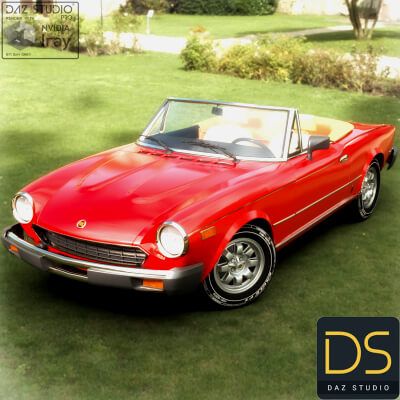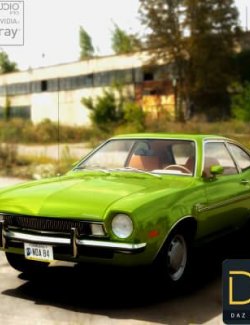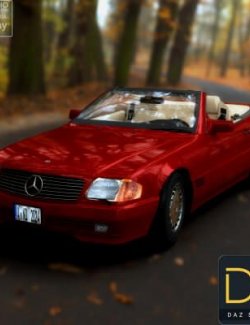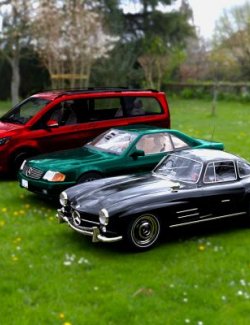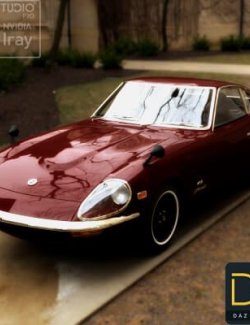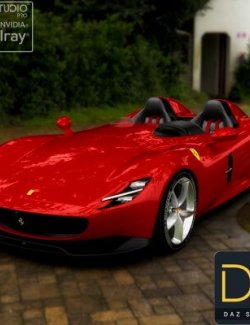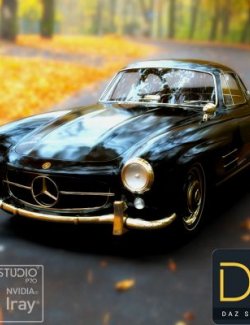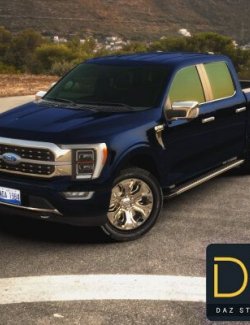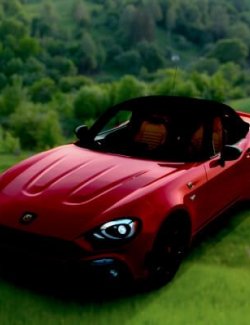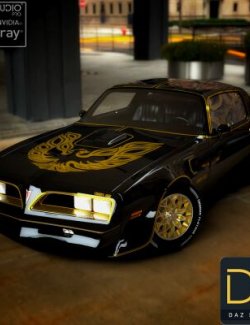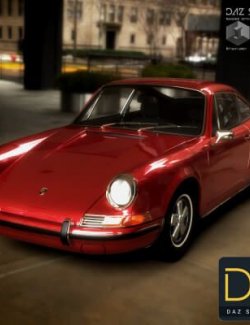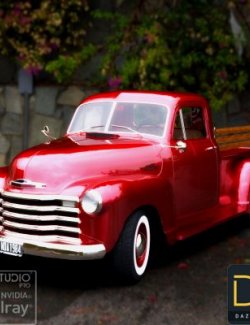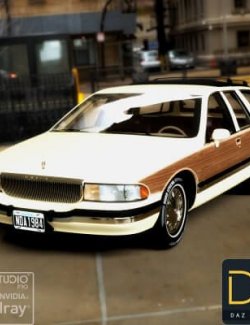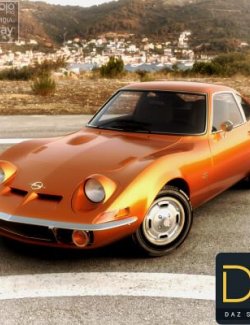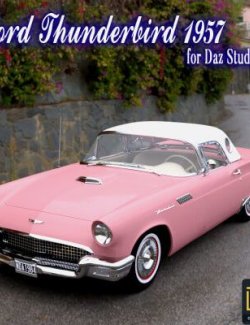The launch of the Fiat 124 Spider for the 1966 model year coincided with the debut of the new Fiat 124 sedan. Just as the 124's predecessors, the Fiat 1200 and 1500 Cabriolet, had been based on the Fiat 1100 sedan platform, the new 124 Spider was similarly based on a slightly shortened, rear-drive 124 sedan chassis. Styling of the 124 Spider was by Tom Tjaarda, an American designer working abroad at Pininfarina in Turin, Italy, and echoed both Tjaarda's previous Chevrolet Corvette Rondine concept car and the production Ferrari 275 and 330 GTS sports cars.
Lampredi Engine
While the 124 Sedan came standard with a pushrod inline-four, Fiat hired ex-Ferrari four-cylinder engine designer Aurelio Lampredi to create a new dual-overhead cam cylinder head to fit on a slightly modified 124 block. The belt-driven Fiat twin-cam engine that resulted was highly praised and went on to become a Fiat group staple, doing duty in Fiats, Lancias and even some Alfa Romeos into the 1990s. The engine also became the winningest engine of all time in the World Rally Championship.
When the 124 Spider arrived on U.S. shores for the 1968 model year, it came with a 1.4-liter version of the Lampredi engine. Through the years, capacity increased to 1.6-, 1.8-, and finally 2.0-liters. Unfortunately, U.S. emissions standards meant that capacity changes mostly helped restore lost power to an increasingly detuned engine. By 1979, the first year of the 2.0-liter 124 Spider, the U.S.-spec carburetor was actually smaller than the one fitted to the earliest 1.4-liter examples, and horsepower was an abysmal 86 hp.
The introduction of fuel-injection in 1981 helped things somewhat, bumping output to 102 hp, but suffice it to say that U.S. Fiats were significantly handicapped with regard to power compared to their European brethren, which were getting closer to 120 hp.
Fiat 124 Spider Chassis & Performance
The 124 Spider's platform featured strut-type suspension up front and a solid axle rear with Panhard bar, coil springs, and trailing arms. Brakes were hydraulic disks at all four corners, and an early standard four-speed manual gearbox was quickly replaced across the board with the once-optional five-speed unit. The 124 Spider had a wonderfully simple folding top design that could be operated one-handed by the driver from the front seat at a stoplight.
By comparison, many English sports cars in the late 1960s were still using drum brakes and convertible tops that had to be assembled, almost like a tent, and rather agricultural overhead-valve engines.
Fiat 124 Spider Becomes Pininfarina Azzurra
At the end of 1982, Fiat left the North American market. Pininfarina, having just ended production of the Lancia Montecarlo at its factory and seeking a new business opportunity to replace it, took over production of the 124 Spider, rebranding it as the Pininfarina Azzurra. The car remained mostly the same as when it was a Fiat, but the interior was slightly revised with a new center stack, and the front brakes were increased in size. Malcom Bricklin handled importation and service in the U.S. market. The Azzurra was discontinued after the 1985 model year, leaving the Fiat 124 Spider on hiatus until the launch of the new 2017 model year Fiat 124 Spider. This model is essentially a badge-engineered Mazda Miata built in Japan with FCA Group engines, and is different enough that we won't touch on it here.
An original Fiat 124 Spider makes an excellent first classic car due to strong parts availability and low parts cost (yes, really!), an easy-to-work-on front-engine configuration, and low cost of entry. Generally speaking, collectors will gravitate toward 1974 and earlier model years for their slim chrome bumpers. Cars built after 1975 came with larger, federally mandated 5-mph safety bumpers, which added weight and cluttered the svelte look of the Spider. That said, the 1975 and later big-bumper cars are often more plentiful in the marketplace and cheaper to purchase.
The 2.0-liter engine from 1979-on in the Spider 2000 doesn't make much more horsepower than earlier versions, but does have significantly more torque, which is helpful in today's traffic. The downside is that 2.0-liter engines were stroked, not bored, for more capacity, which means they aren't as rev-happy as earlier over-square engines. Don't want to hassle with carburetors? Choose a 1981-on Bosch fuel-injected model for greater reliability.
Above all, buy the best 124 Spider your budget allows. There are plenty of rusty $500 restoration projects (more aptly described as "parts cars") out there, but with driver-quality Spiders available for as little as $5,000, why bother? A well maintained 124 Spider will give decades of service; a neglected car will be an exercise in frustration. Be sure to buy a car that's been loved by its last owner, ideally one who's kept service records and receipts.
System Requirements: PC / MAC 0SX
Product Requirements: Daz Studio
Ownership Statement: All of this product's content was created by SamGrey
DAZ
This pack for Daz Studio contains a Fiat 124 Sport Spider 1980 with lights and textures included.
Let your imagination run wild and create wonderful scenarios with this stuff.
Have Fun!!
Mesh data
vertices: 141.658
triangulos:183.581
